
Lab studying evolution of proteins and viruses. Affiliated with @fredhutch @HHMINEWS @uwgenome.
Opinions are my own and do not reflect those of my employer.
27 subscribers
How to get URL link on X (Twitter) App










 As background, CDC reported several recent cases of H5 influenza in California.
As background, CDC reported several recent cases of H5 influenza in California. 
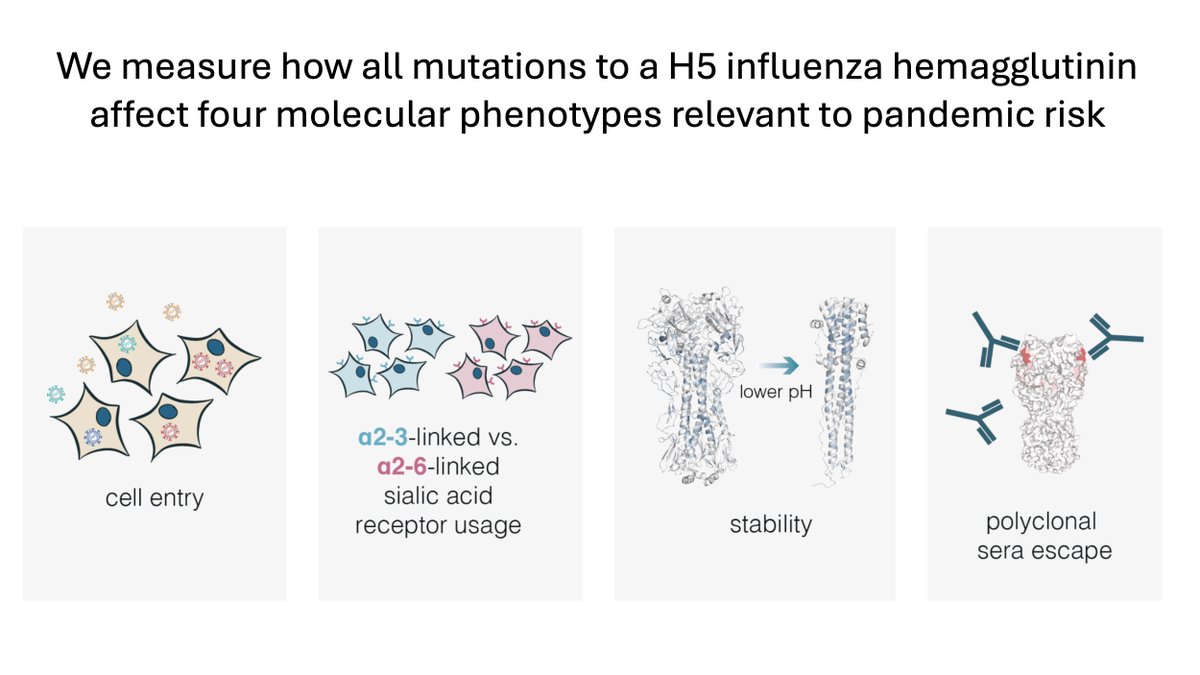
 To measure how all HA mutations affect those phenotypes, we created pseudovirus libraries of HA from WHO clade 2.3.4.4b vaccine strain.
To measure how all HA mutations affect those phenotypes, we created pseudovirus libraries of HA from WHO clade 2.3.4.4b vaccine strain.


 Zhang recruited nearly all COVID-19 patients hospitalized at Shanghai Public Health Center in first 2/3 (Jan-Sep) of 2020.
Zhang recruited nearly all COVID-19 patients hospitalized at Shanghai Public Health Center in first 2/3 (Jan-Sep) of 2020.
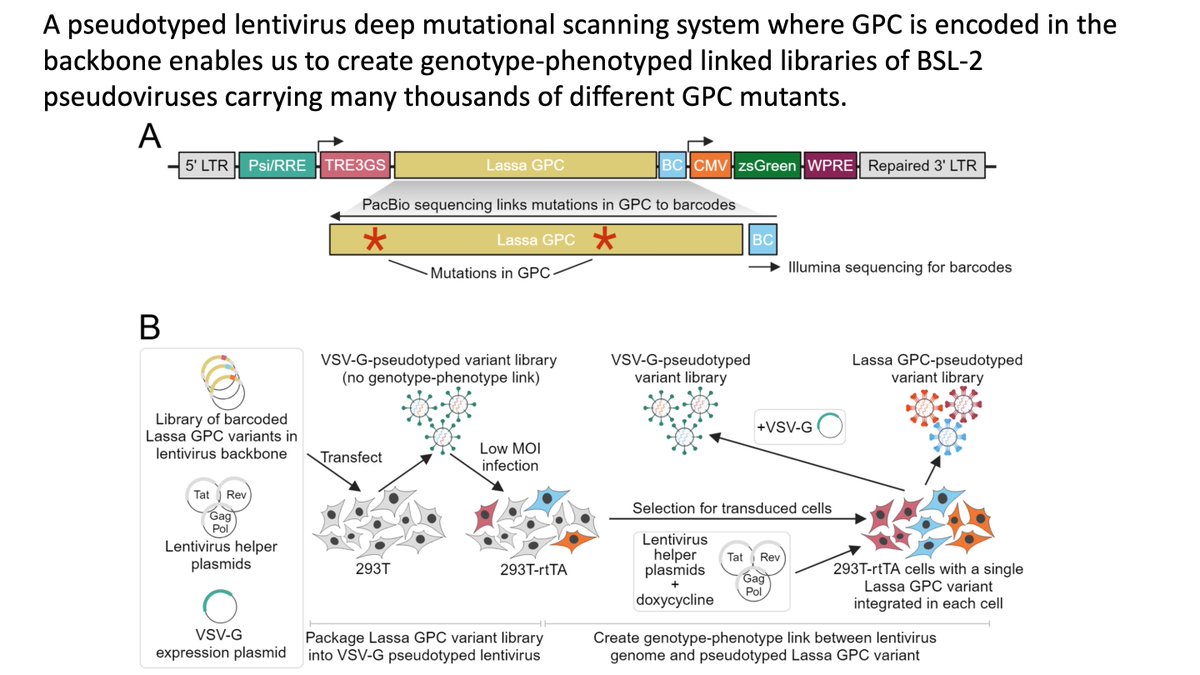

 Here is link to my full analysis:
Here is link to my full analysis: 
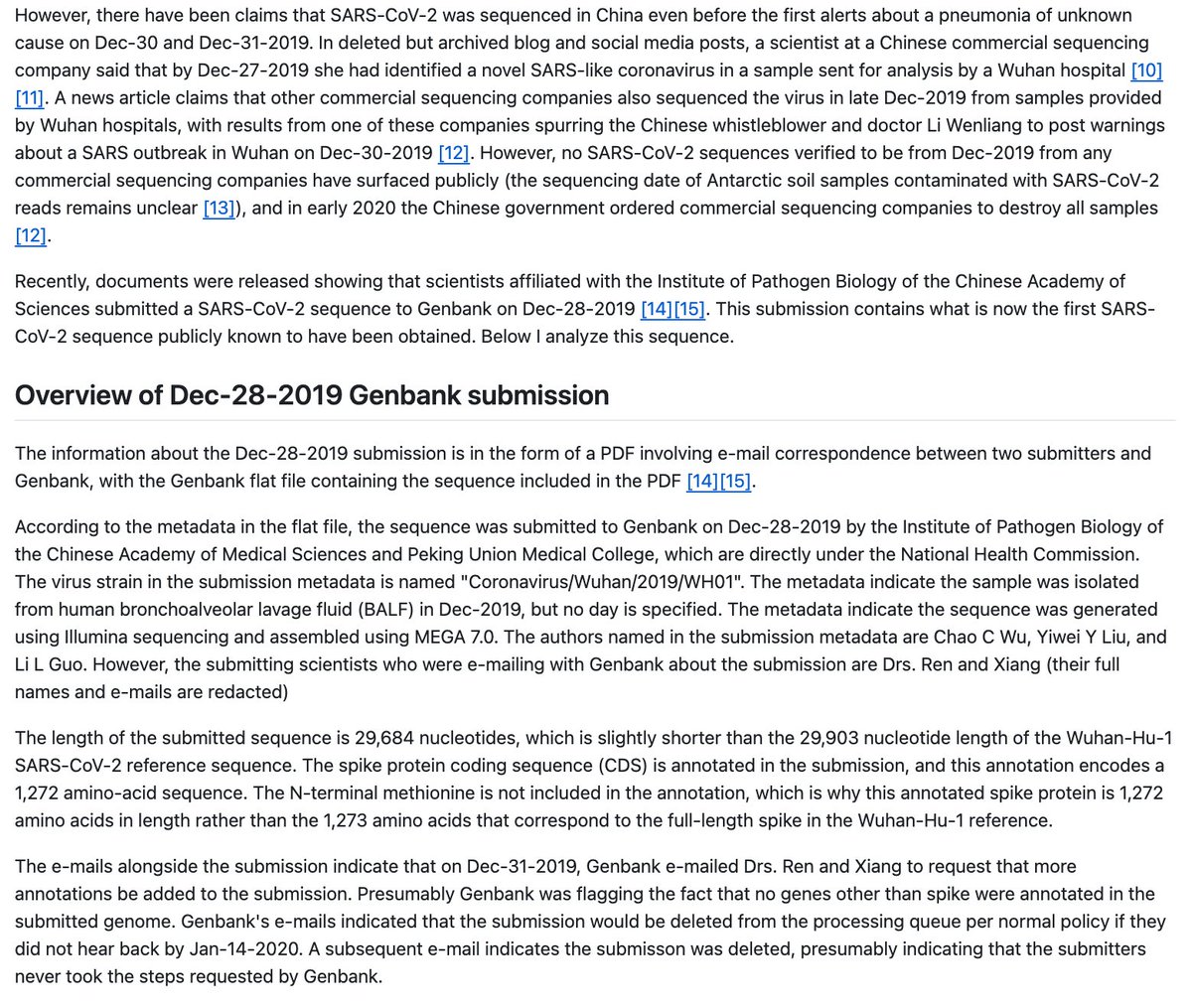
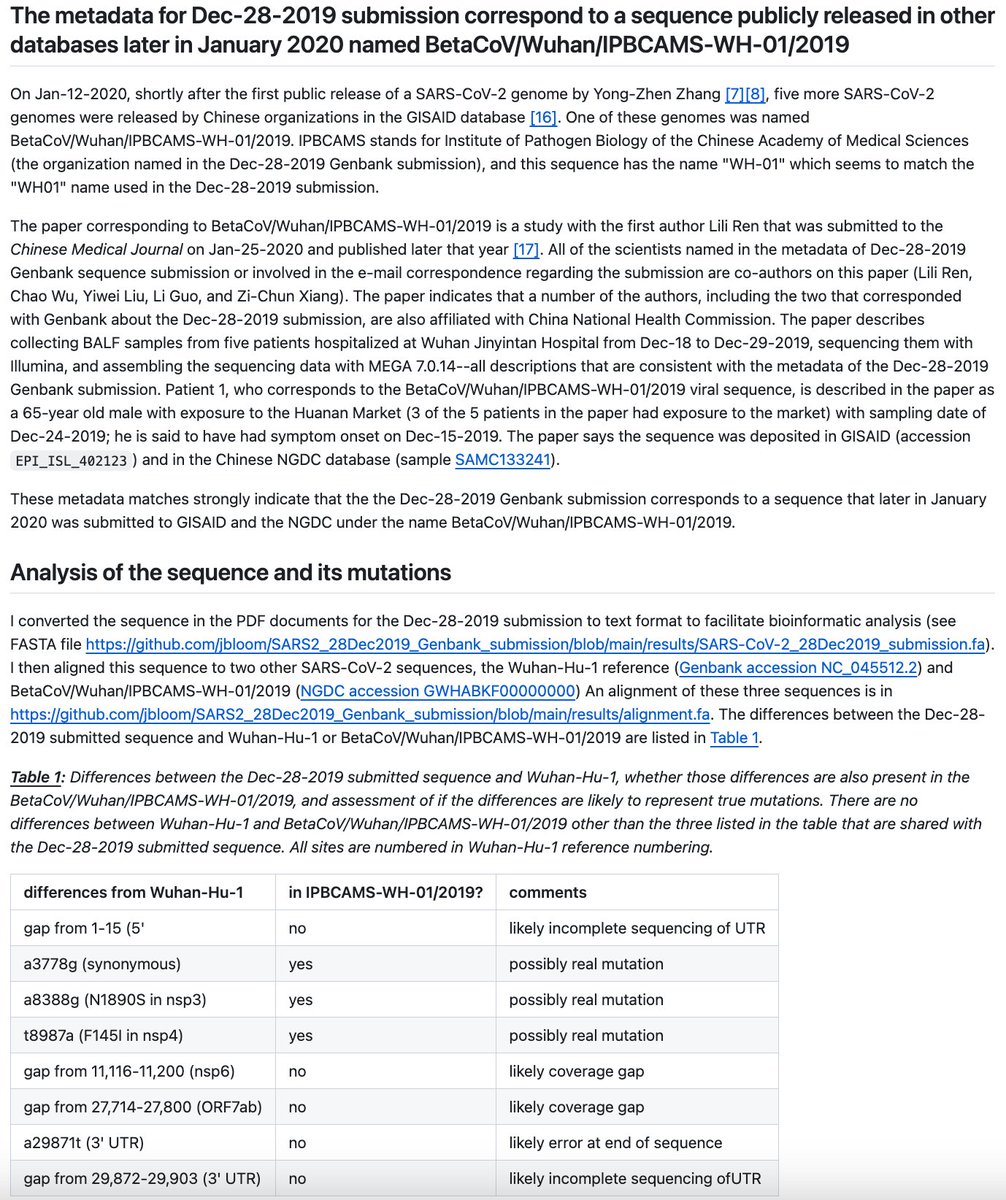








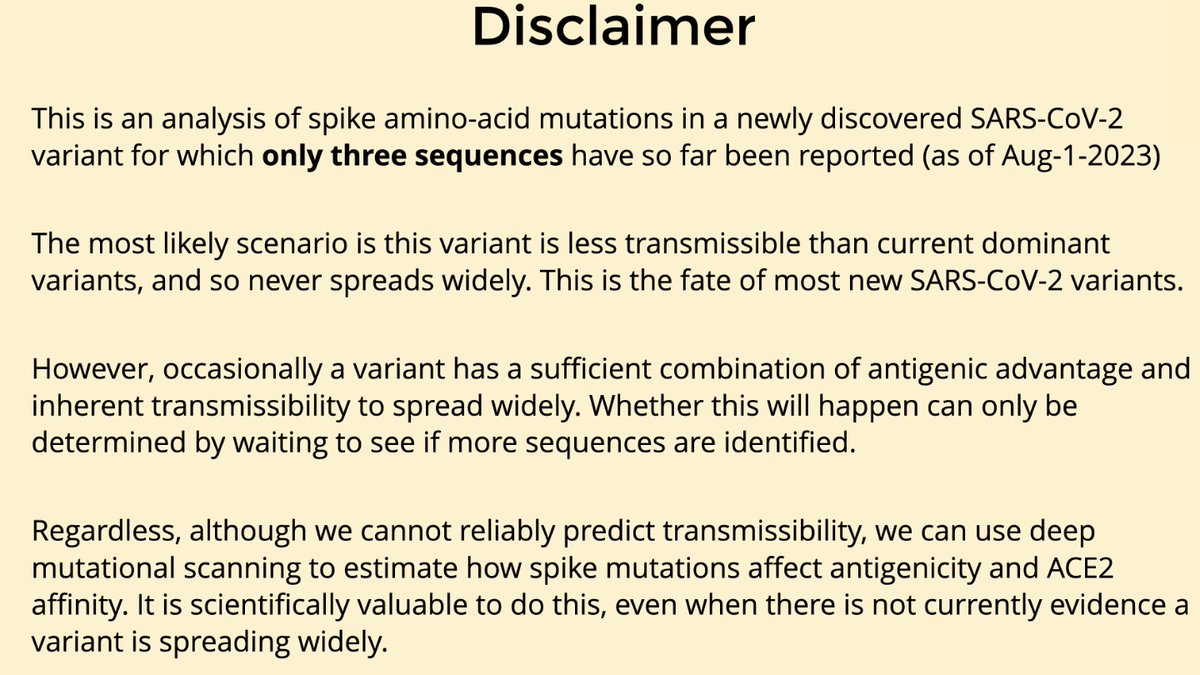
https://twitter.com/LongDesertTrain/status/1690989522035617792Full analysis of the mutations is in these slides:
